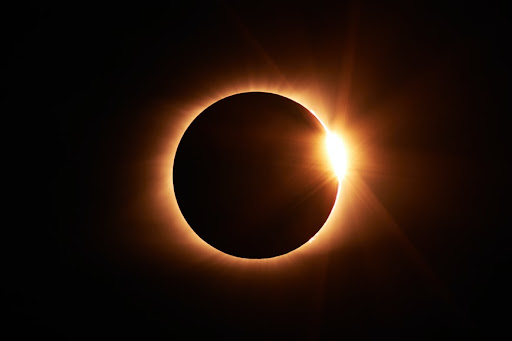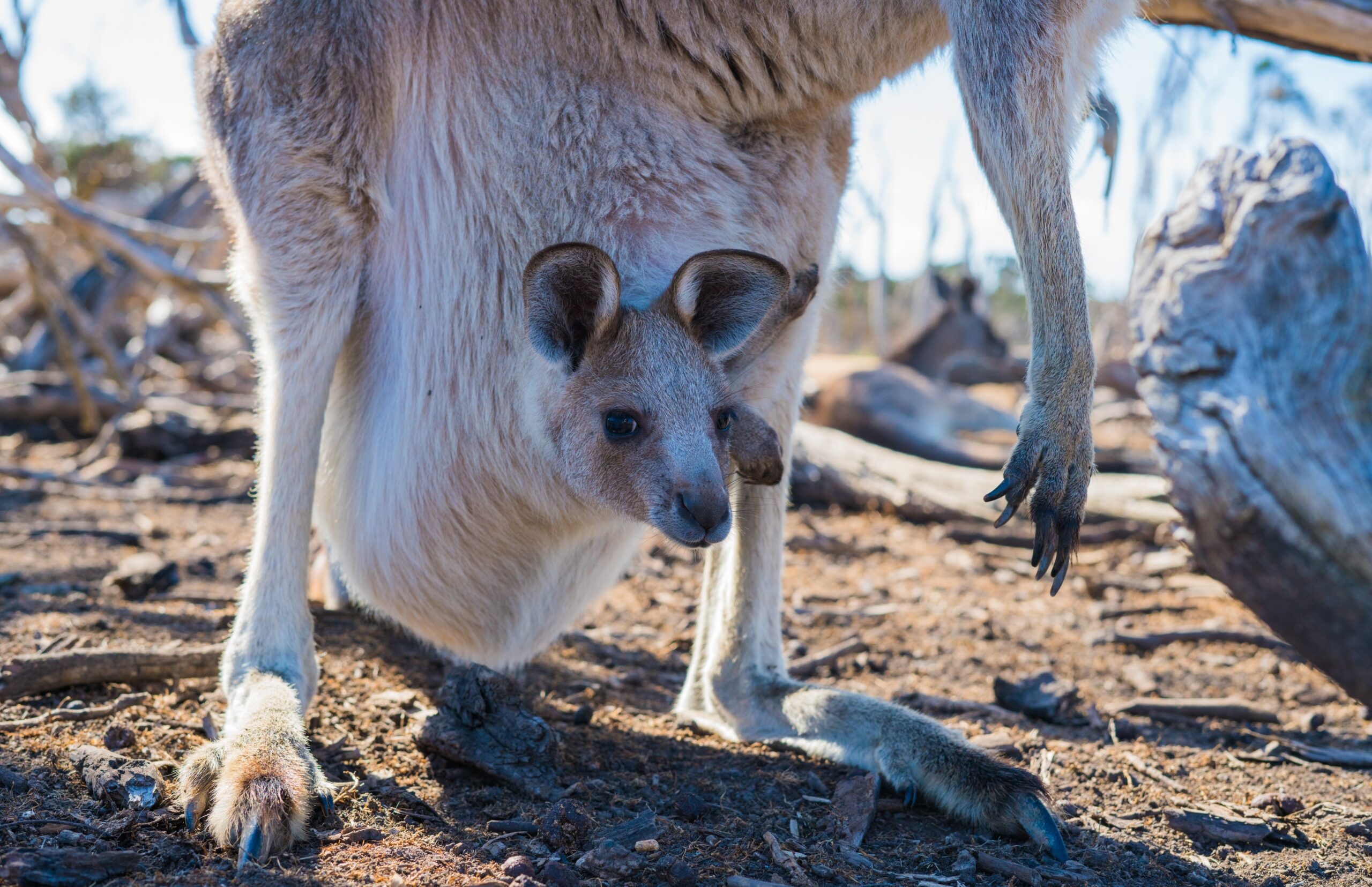
One of the most amazing wonders of nature is the solar eclipse. This event has been mesmerizing people since the dawn of time, and it is still a spectacular event to observe. The only issue is that it is not happening as often as people want.
Many people wonder when the next solar eclipse will happen in Australia. There’s a short answer to this question and a long one. There’s no one type of solar eclipse but more, and they are all spectacular in their own way.
To answer shortly, the next observable solar eclipse in Australia will happen on April 20th, 2023, which is less than a year from now. But what exactly will happen, and what can you expect from this event? Read on to learn more about it.
What is a solar eclipse actually?
To understand what a solar eclipse is, you need to have some pre knowledge of astronomy and physics. The solar eclipse involves the sun, the moon, and planet earth. An eclipse happens when the moon stands between the Earth and the sun and blocks the sunlight coming from the sun.
When is the solar eclipse?
This event does not happen often, but when is the next solar eclipse? The next one happening in April will give us a partial view of the eclipse because the Earth is huge, and the moon isn’t holding a big enough position to block the sun as seen from all parts of the planet, but only a few.
The eclipse will be best visible from the North West Cape peninsula, Barrow Island in Western Australia, East Timor, Damar Island and parts of Papua in Indonesia. That means Aussies will have a great look at it, but this will only be a hybrid eclipse, which means it is not covering the entire sun. It will be best visible on April 20th at 4:17:56, and it will last one minute and 16 seconds.
When is the next total eclipse of the sun?
Aside from this, called a partial eclipse, there are two more types called total and annular. Both will give us a stunning sight, with the first one, the total eclipse, being visible in 2028. We will see a total eclipse of the sun on July 22nd, 2028.
This one will be visible from the top of Western Australia and go through the continent’s middle to end right over Sydney. It will later be visible from the southern parts of New Zealand too. This one will happen at 2:56:40, will last for more than 5 minutes, and will cover a range of 230 km in width, making it the biggest eclipse since 1991.
This is when the entire area where the moon will pass becomes dark; the sun is entirely blocked, and the whole continent will have the chance to witness this spectacular moment, but the sun is completely blocked only under the parts where the moon passes.
When is the next annular eclipse of the sun?
An annular eclipse is truly a magnificent event. This happens when the moon is lining up perfectly to block the sun but is not close enough to Earth to cover the sun, only partially. Although it will be perfectly aligned, it will not fill up the entire circle, making a fine blushing ring around itself at that moment.
We will see such events in 2042 and 2052. The first one will be truly amazing. It will happen on October 14th and will last for a fantastic time of 7 minutes and 44 seconds in its full glory. It will cover a spectacular area of 273 km and will not happen again until 2096.

How to prepare for a solar eclipse?
You can’t look at the sun directly, especially when it’s an eclipse. This may completely destroy your eyes if you even manage to see anything. If you want to enjoy the view, you’ll need specially designed sunglasses to block most of the damaging effects and give you a marvellous look at the eclipse.
You also need to be sure that you’re at the right spot, as not all places in Australia will have the same view. Research about it thoroughly, inspect the moon’s path and see where the eclipse will be best visible. Get yourself a chair or a bed that will give you the comfort to enjoy the event and wait for it to happen.
Don’t bother taking pictures, as you’ll most probably catch nothing on camera. Let the professionals do this for you, and you just enjoy the moment, because as we’ve written above, it won’t happen again for a long time. In fact, the last one was in 2013, and there have been only three such events in the past 20 years. Get the right sunglasses and enjoy the show nature prepared for you.


